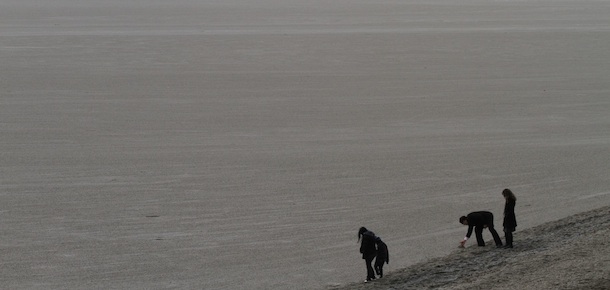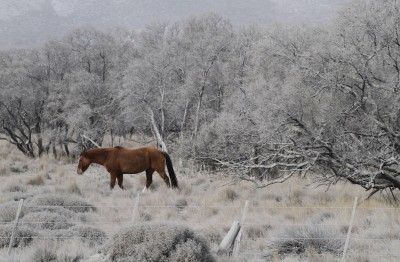Le ceneri del Puyehue
Il vulcano cileno continua espellere polvere e detriti, che poi coprono tutto: laghi, case, macchine, animali

altre
foto
Due settimane fa il vulcano cileno Puyehue ha eruttato per la prima volta dopo 51 anni di inattività. Il vulcano fa parte delle Ande e si trova nella provincia di Ranco, a circa 900 chilometri a sud ovest della capitale Santiago del Cile. L’eruzione è proseguita nei giorni successivi e dal vulcano si è alzata una colonna di polveri e ceneri alta tredici chilometri e larga cinque. Le ceneri si sono depositate in numerose zone del sud del paese e soprattutto in Argentina, ricoprendo le case e le strade con uno strato spesso trenta centimetri. Le polveri si sono depositate anche sulla superficie dei laghi e sulle pellicce degli animali, provocando gravi danni alla loro salute. Le ceneri si sono inoltre diffuse nell’atmosfera causando la cancellazione di numerosi voli in Argentina, Nuova Zelanda e Australia e di qualche volo nazionale in Cile.
Più di quattromila persone che abitano nelle zone vicine al vulcano sono state evacuate in questi giorni. Ieri il ministro degli Interni cileno ha detto che l’attività del vulcano sta diminuendo e che le persone evacuate che vogliono tornare alle loro case possono farlo. Non ha escluso però che il vulcano possa riprendere a eruttare con forza e costringere le persone a un nuovo allontanamento. Secondo gli esperti, nei prossimi giorni il vulcano continuerà a emettere una colonna di fumo e cenere e probabilmente ci saranno delle piccole scosse di terremoto.





























